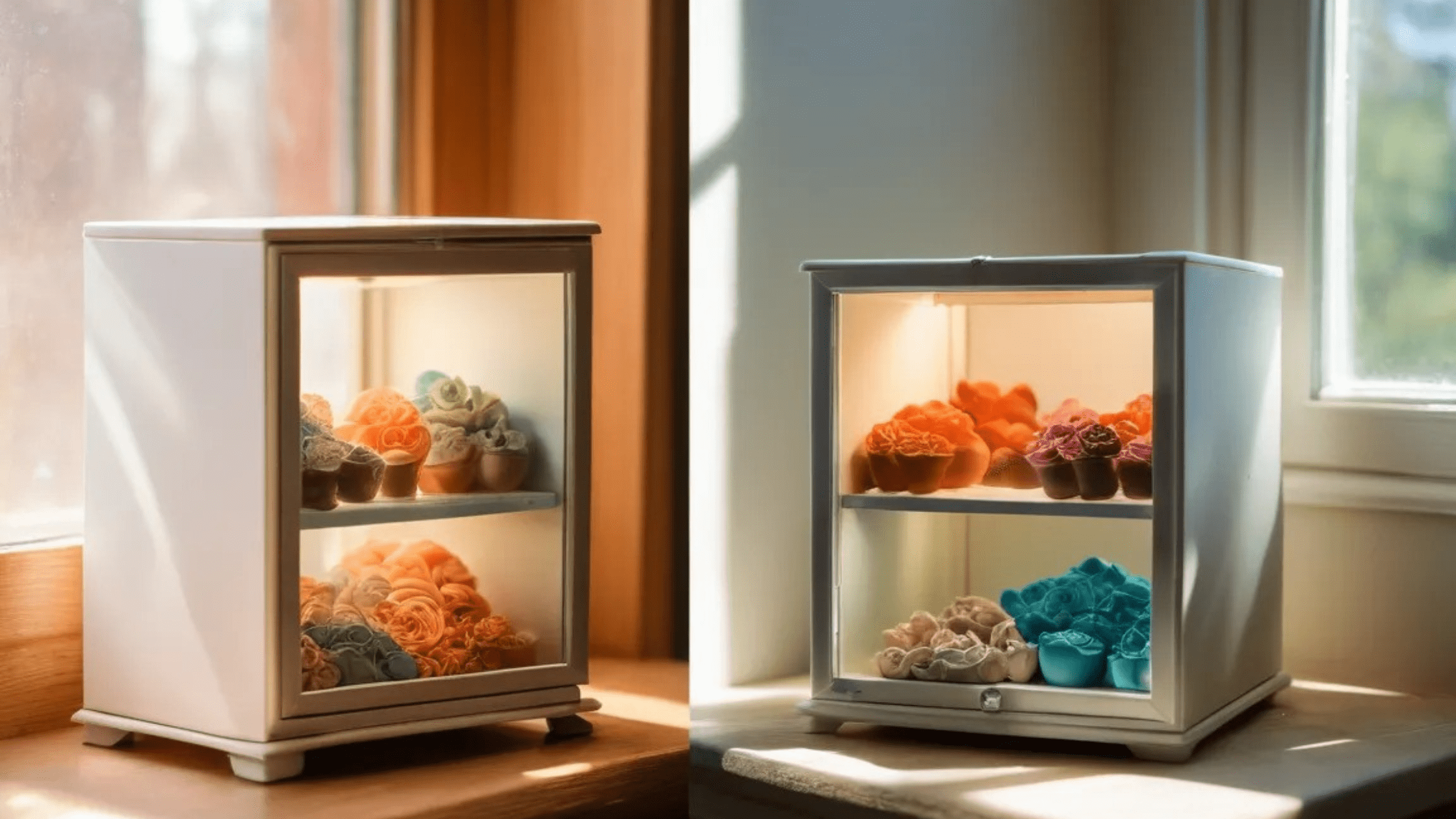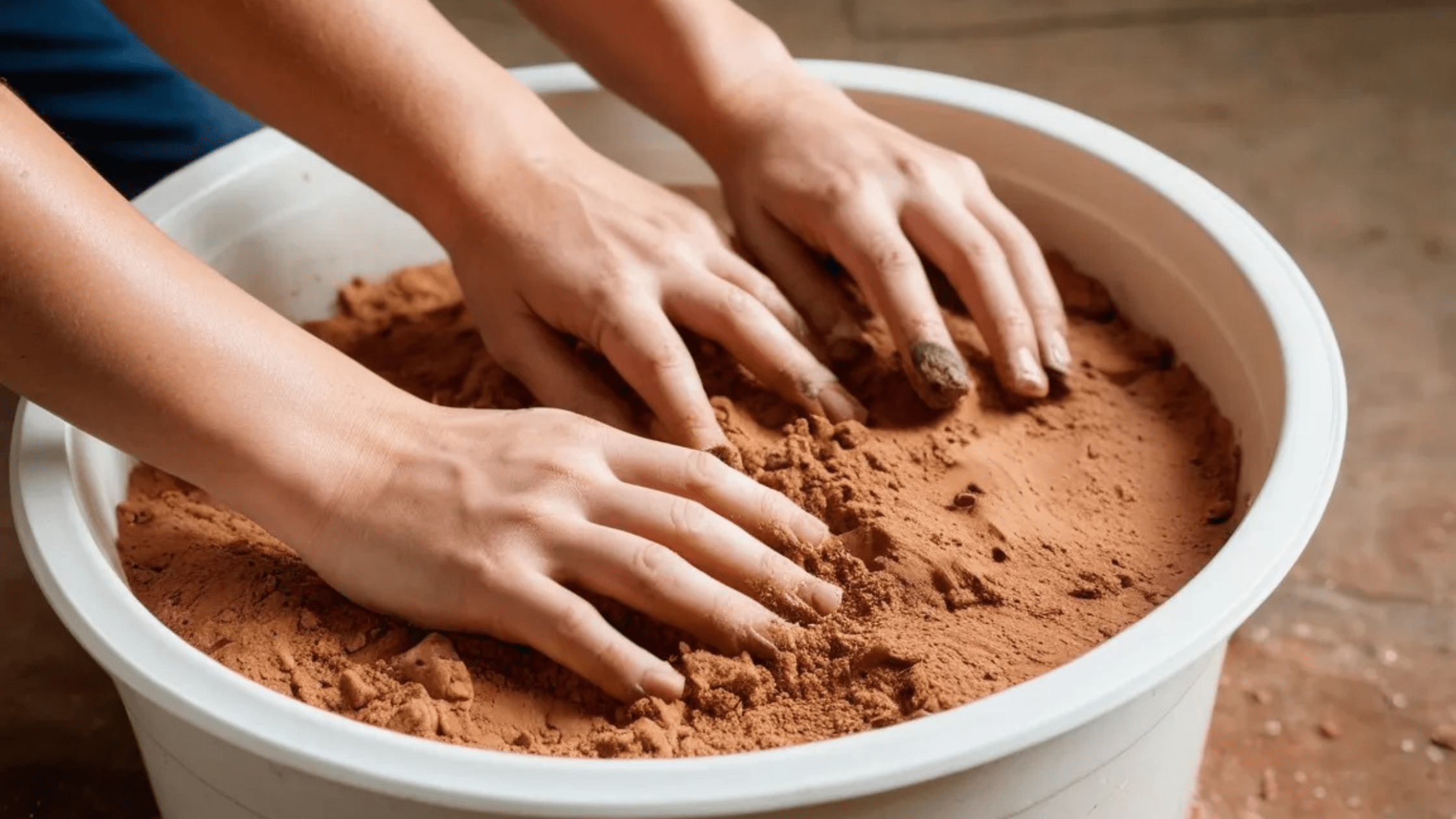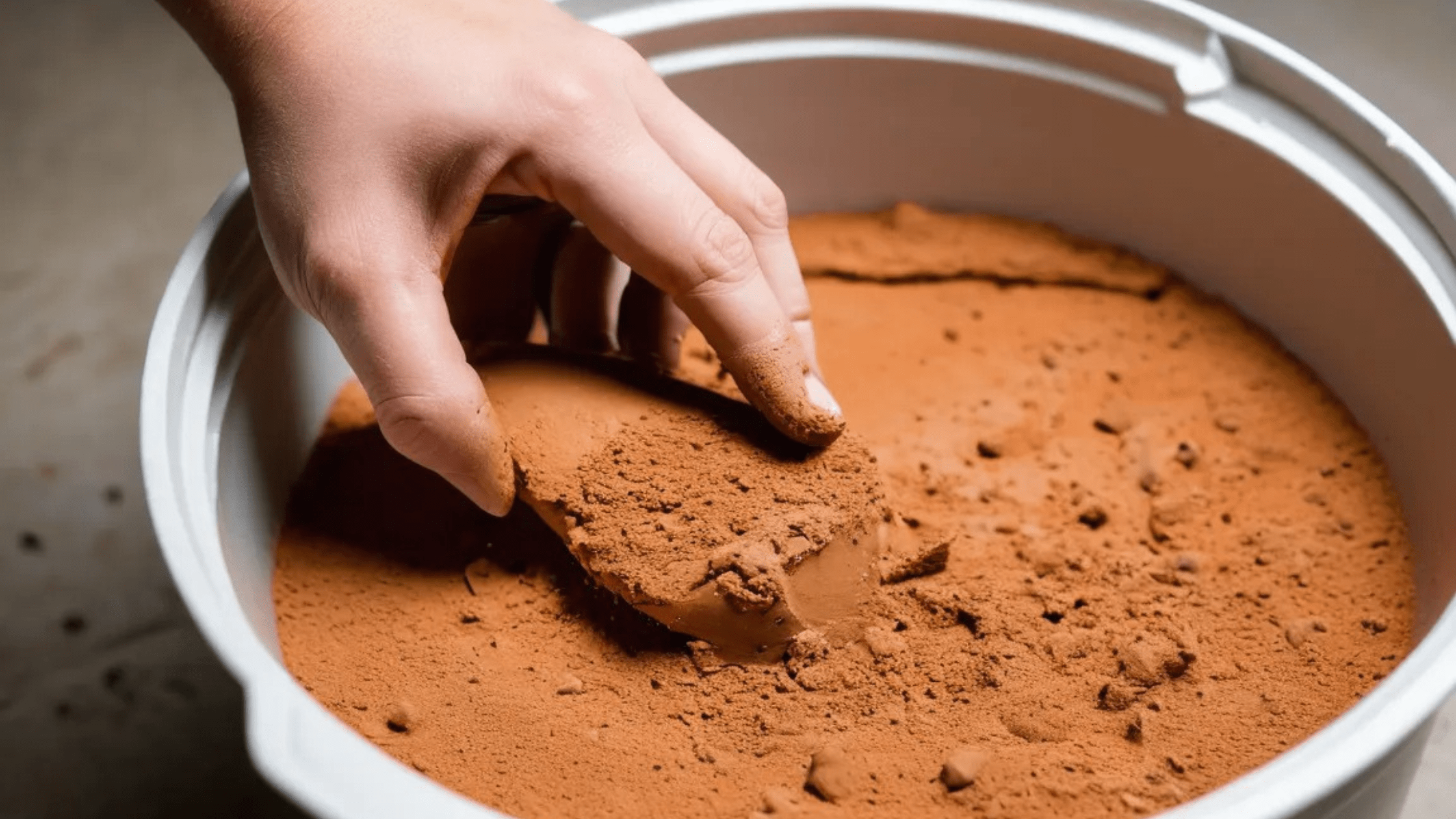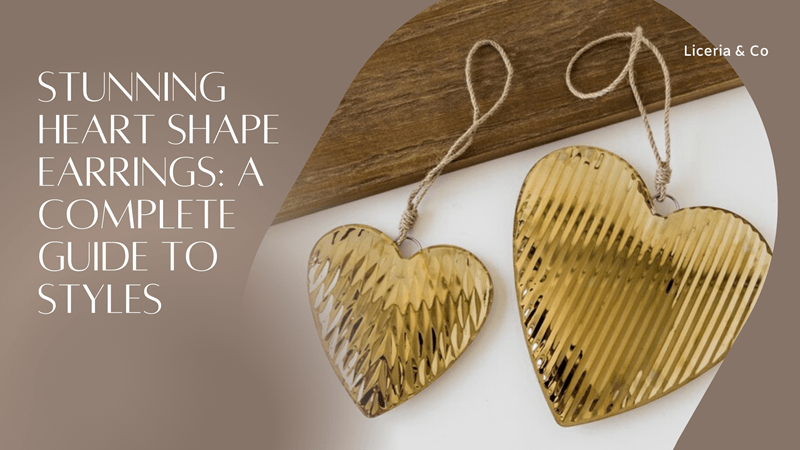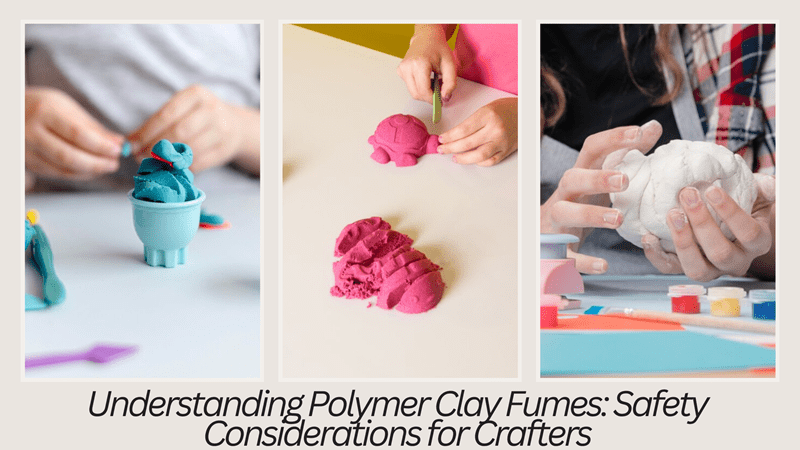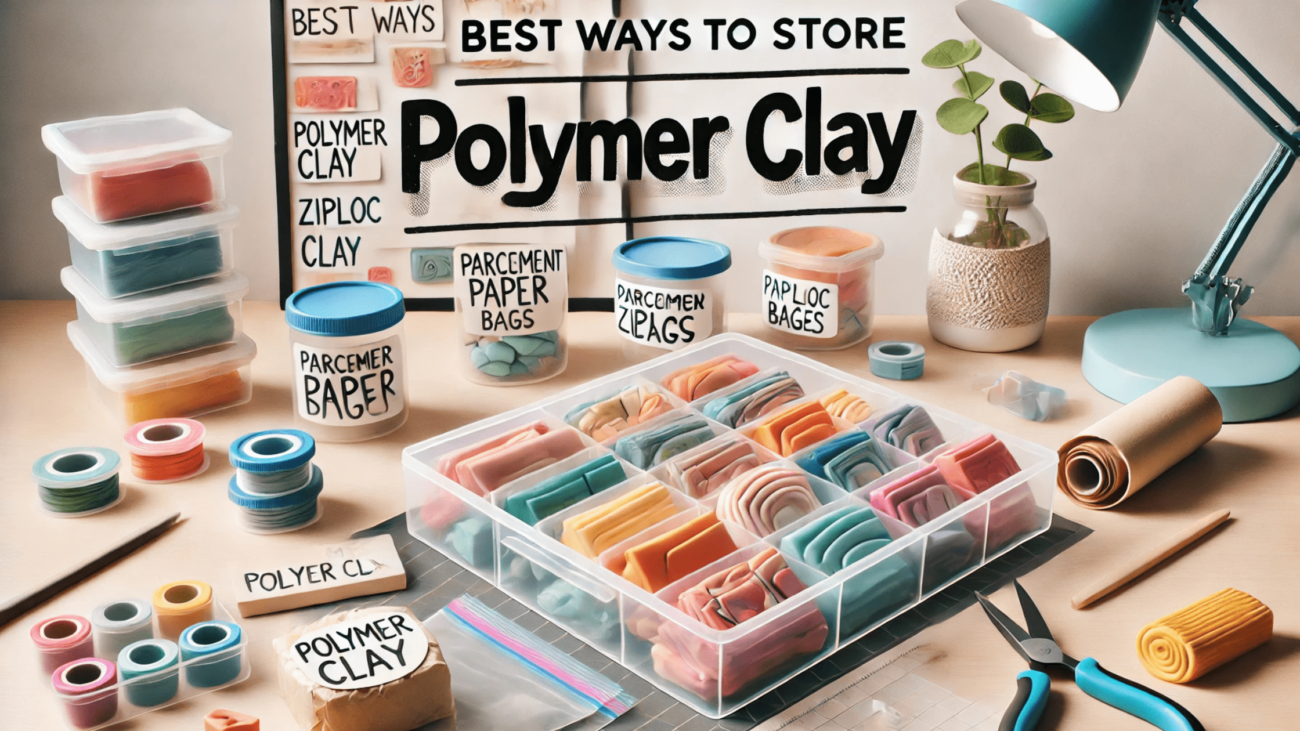How to Store Polymer Clay: A Comprehensive Guide
Polymer clay is a versatile and lightweight molding material popular among both artists and hobbyists for creating a wide variety of items including jewelry, sculptures, and home decor pieces. Although it is famous for its flexibility and ease of use, good storage practices are essential for preserving its usability to prevent the drying or too-soft state of the clay, as it is maintained and worked. Whether you’re a polymer clay junkie or have just started dabbling, knowing how to properly store your clay is important.
This comprehensive article will provide you with the best methods for storing polymer clay, what factors affect the quality of polymer clay and the tools and techniques you can use to prepare polymer clay for a long-lasting experience.
Becoming Familiar With Polymer Clay and Its Characteristics
Polymer clay is a modeling clay that is based on a synthetic polymer, polyvinyl chloride (PVC), that is mixed with plasticizers and pigments. Polymer clay is not a traditional clay, and it was invented and used as a working material in crafts. Yet it only hardens when baked at certain temperatures. This quality sets it apart from other types of clay and is why crafters love it because they can spend as much time as they need to mold and shape their creation without worrying about the clay getting dry.
However, it may be influenced by environmental conditions, such as heat, humidity and direct sunlight which may cause the polymer clay to soften, become sticky or leach its plasticizers. Storing it properly will help maintain the clay’s properties and keep it easy to work with.
Why It’s Crucial To Store Them In The Right Place
Proper storage of polymer clay makes sure that:
Keep It Texture: Storing the clay in the wrong environment can make it hard, dry, and flaky and sometimes sticky.
Keep it Clean: Dust, dirt and lint can easily stick to polymer clay, destroying the finish and texture.
Extend Shelf Life: The shelf life of polymer clay is pretty long, however when stored incorrectly, its usable life can be greatly reduced.
Check to Avoid Premature Curing: If clay is exposed to very high temperatures in environments where it is not meant to be used, it can harden, making it unusable.
Proper storage techniques can help you avoid time, money, and headaches.
What to Consider Before Storing Polymer Clay
Before getting into polymer clay storage, it’s important to know what can affect polymer clay:
Temperature: Store polymer clay in a cool environment, preferably between 60°F and 75°F (15°C to 24°C). Don’t keep it close to radiators, heaters or windows where it’s likely to be in direct sunlight.”
Humidity: Although polymer clay isn’t adversely affected by humidity, very high moisture content can draw dust or turn the surface of the clay tacky.
Light Exposure: Some colours of polymer clay will fade with prolonged exposure to UV light. Keep your clay in opaque containers to block light.
Plastics contact: Some types of plastics can react with polymer clay, causing either the plastic to warp or melt, or for the plastic to stick to the clay itself. Storage materials must always be compatible.
How to properly store polymer clay.
Choose the Right Containers
The most important thing to keep in mind while storing polymer clay is using the right containers. Here are some options:
Polypropylene or Polyethylene Plastic Storage Boxes: These types of plastic storage containers are non-reactive to polymer clay. Check for recycling codes “#5” or “#2” on the bottom of the container.
Glass Jars: Glass is a great choice for storage as it is non-reactive and has an airtight seal.
Ziploc Bags: For short-term storage, heavy-duty resealable plastic bags may suffice. Make sure you use polyethylene ones.
Storage Containers for Specialty Clay: Certain brands have dedicated storage boxes designed especially for polymer clay.
Wrap Each Block Separately
Wrapping each block of polymer clay helps keep the colors from blending and limits contamination. Choose one of the following materials:
Wax Paper or Baking Parchment: Safe, non-reactive materials that keep dust and lint from the clay.
Plastic Wrap: Use only a clay-safe plastic like polyethylene.
For easy inventory tracking, label each wrapped block with the brand/purchase date and color.
Avoid heat sources around your Clays
Store polymer clay in a cool, dry place. A drawer, cupboard or storage box is ideal. Do not keep the clay in locations where temperatures change a lot, for example: in garages or attics where excessive warmth can cure the clay too early.
Separate by Brand and Type
Other polymer clay brands may have slightly different formulas, and during storage, they could potentially contaminate or interact with each other in undesirable ways. Store brands and types (for example, soft vs. firm clay) separately.
Dividers: for a Range of Colors
When using an individual container for several colors, insert dividers to maintain their separation. It helps protect against unintended transfer of color and keeps the blocks clean. Dividers can be made of cardboard, plastic sheets or silicone molds.
Airtight Sealing
Exposure to air won’t dry polymer clay, but it can attract dust and dirt. Ideally, you will be storing clay in an airtight or zip-top container with most of the air pressed out.
Long-Term Storage Solutions
For those of you who have a big polymer clay collection and need to store it for long periods of time, you can follow these extra hints:
Vacuum-Sealed Bags: Remove the air from the storage bags with a vacuum sealer. Final Thoughts on Dust and Dirt Protection
Refrigerate: Not typically required, some find refrigeration helps keep polymer clay workable on very hot days. Keep clay in its own sealed container, to avoid odors or contamination.
Desiccant Packets: You can try using silica gel packets to help control moisture levels in your storage container.
Rotate your stock to use older clay first (because clay does not spoil or go bad unless it dries out). Polymer clay should last for years if kept well, but it’s not a great idea to leave it laying unused for too long.
The Best Polymer Clay Storage Tools & Accessories
The process of storing polymer clay can be easier with the right tools and accessories:
Stackable Storage Trays (great for sorting clay colors and types in a small space).
Label Maker: Label your containers with a label maker.
Non-Stick Options: Keep clay on silicone sheets or tiles to stop it from sticking or becoming contaminated.
Common Mistakes to Avoid
Making mistakes storing polymer clay is something even experienced crafters can do. Avoid the following pitfalls:
Plastic Processing: Using PVC Containers: Some plastics react with polymer clay, melting or bonding the clay to the container.
Leaving Clay uncovered: Uncovered clay can attract dust, lint, and pet fur.
Avoid Heat Exposure One of the worst offenders is leaving polymer clay in a car or in a sunny place by a window.
Tip 6: Store day-old or fresh clay in containers that are either too small or packed too tight.
How to Bring Old polymer Clay Back to Life
If your polymer clay is too hard or crumbly, and has been stored badly then don’t throw it away yet. You can usually resuscitate it with a handful of simple techniques:
Use Clay Softener: Products like Sculpey Clay Softener or Fimo Mix Quick can help restore the pliability of the clay.
Condition the Clay: Warm the clay by kneading it to disperse the plasticizers. Extra help from a pasta machine.
Add Liquid Polymer Clay: A few drops of liquid clay can soften the blocks.
Mix with Some Fresh Clay: To rejuvenate clay that has gone stale, mix in a little fresh clay.
How to store your finished polymer clay creations
Even after your polymer clay creation has been baked and cured, safe storage is vital to keeping its integrity.
Keep it clean: Keep your art from getting dirty by displaying finished pieces in a dust-free environment, such as behind glass or in a dust-free box.
This will cause the colors of cured clay to fade.
Apply a Sealant: If you want a shiny finish, apply a polymer-clay safe varnish or glaze.
Conclusion
Proper care of polymer clay depends on how you choose to store it, whether you’re using it for crafting or sculpting. With this knowledge on how to store polymer clay (and what not to do!) you can make it last even longer than normal shelf life.
Whether you are a professional artist or a hobbyist, Organizing your polymer clay collection is worthwhile time and effort that will save you time and aggravation down the line. Now, with the proper containers, tools, and techniques, you will be able to store your polymer clay in pristine condition for a long time.
Can I ask if you have any further questions about polymer clay storage or crafting? Let me know!
Shop Now
**Stay updated with our latest creations and special offers by following us on our social media pages!**















